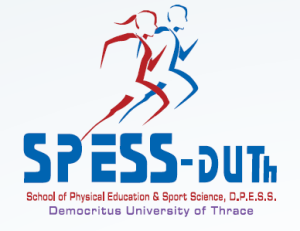Johan Simons1 & Giwa Babatunde Eyitayo.
1Faculty of Kinesiology and Rehabilitation Sciences, Department of Rehabilitation Sciences, KULeuven, Belgium
Abstract
The Test of Gross Motor Development (TGMD) developed by Ulrich (1985) is one of the widely known test instruments for assessing fundamental movement skills in children. Changes were made to the new TGMD-3. A total of 19 participants (boys = 14 and girls =5) were recruited for the study from ages 7-10 years old in a special school in Belgium. The results showed an acceptable level of Cronbach’s alpha internal consistency for locomotor subtest α = 0.76, but not for ball skills subtest α = 0.60. Spearman’s rho correlations for both inter and intrarater reliability was found to be 0.85. Aspect of content validity was demonstrated using Krushkal-Wallis and it revealed age differentiation in the locomotor subtest (X2 (df=3) = 9.401, p < 0.05) but not for the ball skills subtest (X2 (df= 3) = 0.661, p > 0.05) and the total scale raw score (X2 (df=3) = 7.12, p=0.07). The Spearman’s rho statistics revealed acceptable value for subtest correlation with total scale raw score for the locomotor subtest (rs=0.85) and ball skill subtest (rs=0.70). In conclusion, the TGMD-3 demonstrated acceptable level of interrater and intrarater reliability and some content validity aspects. However, cautioned is needed in generalizing the results.
Keywords:
Fundamental movement skills, Test of Gross Motor Development (TGMD-3), reliability, validity.
Healt
Download (pdf, 485kb)






